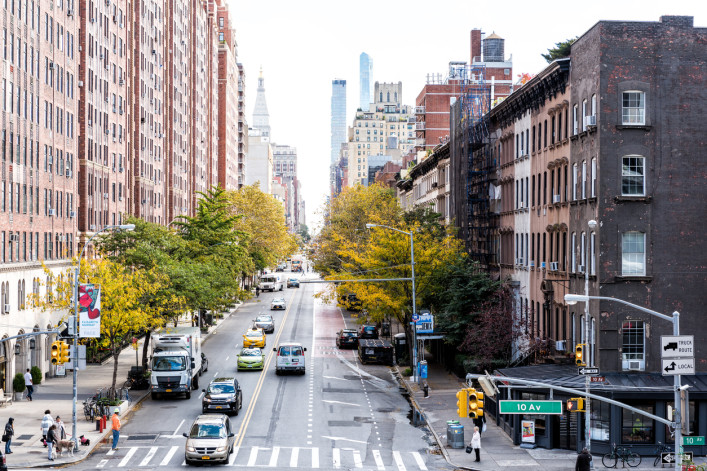Rent Coach: My building is subject to the Loft Law. What's that?

Q. The lease on the apartment I just rented says the building may be subject to the loft law. What does that mean?
A. In the 70’s and early 80’s, there were quite a few buildings in New York intended for commercial or manufacturing uses that were being illegally used for residential purposes.
In 1982, Article 7-C of the Multiple Dwelling Law (aka “The Loft Law”) created a classification of building known as an “interim multiple dwelling” or “IMD." These were formerly commercial or manufacturing loft spaces being used by at least three families as residential space between April 1, 1980 and December 1, 1981.
(FYI, a recent law expanded the scope of buildings that qualify as IMD’s to include buildings without a residential certificate of occupancy that had at least three residential tenants for 12 consecutive months in 2008 and 2009, though some other requirements must also be met.)
The intention of the law was to recognize the residential use and coordinate the legalization of these buildings by encouraging their owners to bring them up to code and ultimately obtain a residential certificate of occupancy.
If your apartment is subject to the Loft Law (i.e. it qualifies as an IMD), then your lease is subject to certain restrictions and your building should be going through the process of legalization. During this process, your rent should initially be frozen with only three permissible increases allowed before the legalization process is complete. Those increases are often known as the “6/8/6 Rule” because it lays out increases in the amount of 6%, then 8%, then 6% again when your landlord accomplishes certain tasks along the road to legalization.
Note “should be” is not the equivalent of “is” as the law was passed thirty years ago and many landlords have still not completed the process of legalization.
For some tenants with the inclination to occupy their unit over an extended period, Loft Law status can provide a haven from the exorbitant rents often found in market rate apartments. But the legalization process can be long and the value of the stabilized rent as compared to market rate can vary by apartment. The details of the law and how it affects your rights and your landlord’s obligations are complicated and you may wish to speak to an attorney that specializes in the Loft Law so that you can get a better understanding of the legalization process.
However, in the most basic sense, the following should all eventually occur:
- The building will be registered with the Loft Board as an Interim Multiple Dwelling
- During the legalization process the permitted rents will be restricted (again, you may wish to speak to an attorney or the Loft Board for more information about these restrictions)
- The landlord must file an alteration application with the Department of Buildings (“DOB”) and obtain an approved alteration permit
- The landlord must provide tenants with a detailed explanation of the work to be performed and tenants will have an opportunity to take part in the planning process before it begins
- The landlord must then complete the work to the satisfaction of the DOB
- The landlord must then apply for and receive a residential certificate of occupancy for the building
- The Loft Board will then issue a Statement of Legal Rents and the units will then be subject to rent stabilization thereafter
Mike Akerly is a New York City real estate attorney, landlord, and real estate broker. He is also the publisher of the Greenwich Village blog VillageConfidential.
See more Rent Coach.























